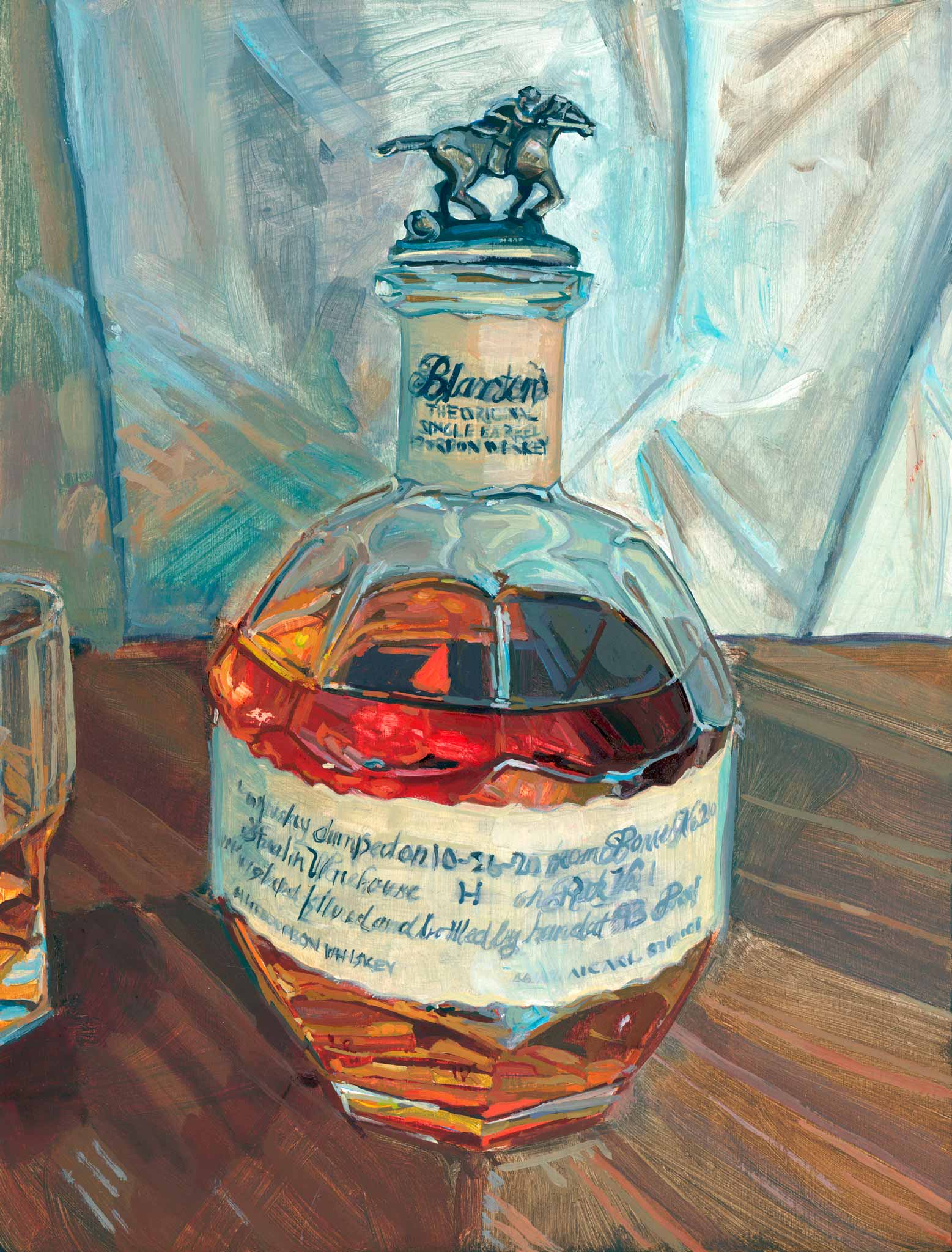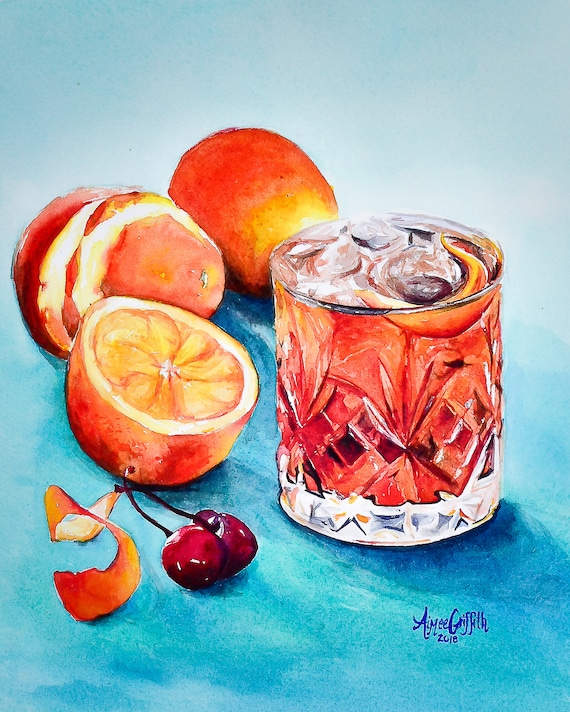Catching the Essence of Bourbon Art With Unique Aesthetic Depictions and Designs
The art of scotch expands beyond the liquid itself, materializing via a selection of visual representations that envelop its fabled heritage and workmanship. What remains to be discovered is just how these evolving styles show not just the bourbon itself yet also the altering landscape of creative analysis. Realism Art.
The History of Whiskey Art

As scotch manufacturing spread, so too did the need to elevate its experience with art. From the detailed inscriptions on very early barrels to the elaborate labels of modern-day bottles, each aspect mirrors an unique creative vision, acting as an aesthetic narrative of the scotch's heritage.
In the 19th and 18th centuries, the surge of the industrial transformation additionally boosted whiskey art, resulting in cutting-edge product packaging and advertising that caught customer focus. Musicians and developers began exploring with visual appeals, imbuing whiskey-related imagery with symbolic significances that communicated ideas of custom, neighborhood, and craftsmanship.
Today, whiskey art continues to develop, blending conventional approaches with contemporary art forms. Whiskey Art. This ongoing dialogue between the spirit and its graph emphasizes the long-lasting bond in between scotch and society, enhancing the general experience for enthusiasts worldwide
Iconic Bottle Designs
While several variables add to the appeal of scotch, renowned bottle layouts play a crucial duty fit consumer perception and boosting the total experience. The visual presentation of bourbon containers is not simply an aesthetic factor to consider; it functions as a bridge between the customer and the product, evoking feelings and setting expectations.
Distinct shapes, materials, and closures can boost a scotch brand's identification, making it instantaneously identifiable on crowded racks. The classic Glenfiddich container, with its stylish conical silhouette, shares a sense of practice and craftsmanship, while the vibrant, contemporary layout of the Balvenie bottle mirrors development and sophistication. The use of tinted glass or distinct structures can recommend the high quality and personality of the whiskey within.
Renowned layouts frequently include elements of cultural heritage, representing the brand name's history and connection to its origins. Brand Names like Jack Daniel's utilize a simple, durable layout that resonates with its American scotch heritage. Eventually, the influence of bottle design prolongs past mere performance; it envelops the significance of the brand, inviting consumers to delight and explore in the abundant tapestry of whiskey culture.
Label Artwork and Branding
Bottle designs typically set the stage for what consumers can expect, but label art work and branding play a just as substantial duty in connecting a bourbon's identification. The tag serves as the very first point of contact in between the customer and the item, encapsulating the essence of the bourbon within its visual elements.
Efficient label artwork incorporates color, imagery, and typography to create a narrative that resonates with the brand name's heritage and target market. A tag featuring classic font styles and intricate images may stimulate a sense of tradition and workmanship, appealing to lovers. On the other hand, strong colors and modern-day design components may bring in a younger demographic looking for development and exhilaration.


Photography and Visual Storytelling
Recording the significance of whiskey with digital photography and aesthetic narration is an art form that raises the brand name experience. This tool goes beyond mere product depiction, Homepage diving right into the intricate narratives that surround each bottle. By utilizing engaging images, digital photographers can evoke emotions Recommended Site that resonate with consumers, eventually creating a deeper link to the whiskey brand.
Visual storytelling in whiskey photography commonly makes use of abundant appearances, lights, and make-up to highlight the unique qualities of the spirit. The interplay of light and shadow can accentuate the amber hues of whiskey, while the choice of background elements-- such as rustic barrels or elegant glassware-- can reinforce the brand name's heritage or way of living organizations.
In addition, recording the ceremonial elements of scotch consumption, from the pouring to the sampling, welcomes customers into a sensory experience, enabling them to imagine the flavors and scents that wait for. Each photograph not just showcases the product but likewise tells a story of workmanship, tradition, and the minutes that bourbon can boost - Limited Edition. Thus, digital photography becomes a powerful device in verbalizing the identity of whiskey brand names, positioning them within the more comprehensive cultural landscape
Arising Fads in Bourbon Art
The development of whiskey art is progressively formed by contemporary fads that reflect wider societal shifts and customer preferences. This shift not just highlights the importance of sustainability however also improves the narrative surrounding whiskey manufacturing.
In addition, electronic art has surged in popularity, permitting innovative representations of scotch. Artists are leveraging technology to craft immersive experiences, such as increased truth installations that involve customers and provide a much deeper understanding of whiskey's cultural importance. This pattern likewise includes social media sites platforms, where aesthetically striking web content amasses focus and cultivates area amongst lovers.
Furthermore, partnerships between whiskey brands and artists are coming to be extra prevalent. These collaborations generate limited-edition product packaging styles and special art work that celebrate both the workmanship of scotch and the creativity of musicians. As bourbon art remains to evolve, these emerging fads will most certainly shape its future, cultivating a vibrant intersection of society, sustainability, and innovation within the whiskey neighborhood.
Verdict
To conclude, the art of scotch encompasses a varied selection of visual depictions that mirror its abundant heritage and craftsmanship. From iconic bottle designs and detailed label artwork to compelling photography, each component adds to a wider story that improves the consumer's experience. As emerging trends, such as electronic art and sustainability, remain to shape this imaginative landscape, the multifaceted identity of scotch remains a withstanding source of cultural connection and exploration.

In verdict, the art of bourbon includes a varied selection of aesthetic depictions that reflect its rich heritage and craftsmanship.